The most prevalent immune cell types that populate human epidermis are Langerhans cells (LCs) and CD8 + tissue-resident memory T (T RM) cells. The murine epidermis contains dendritic
Different types of immune cells such as Langerhans cells, dendritic… | Download Scientific Diagram
The distribution of skin immune cells, namely Langerhans cells (LCs) and dendritic epidermal T cells (DETCs), is well-documented, but the mechanisms underlying their pattern maintenance
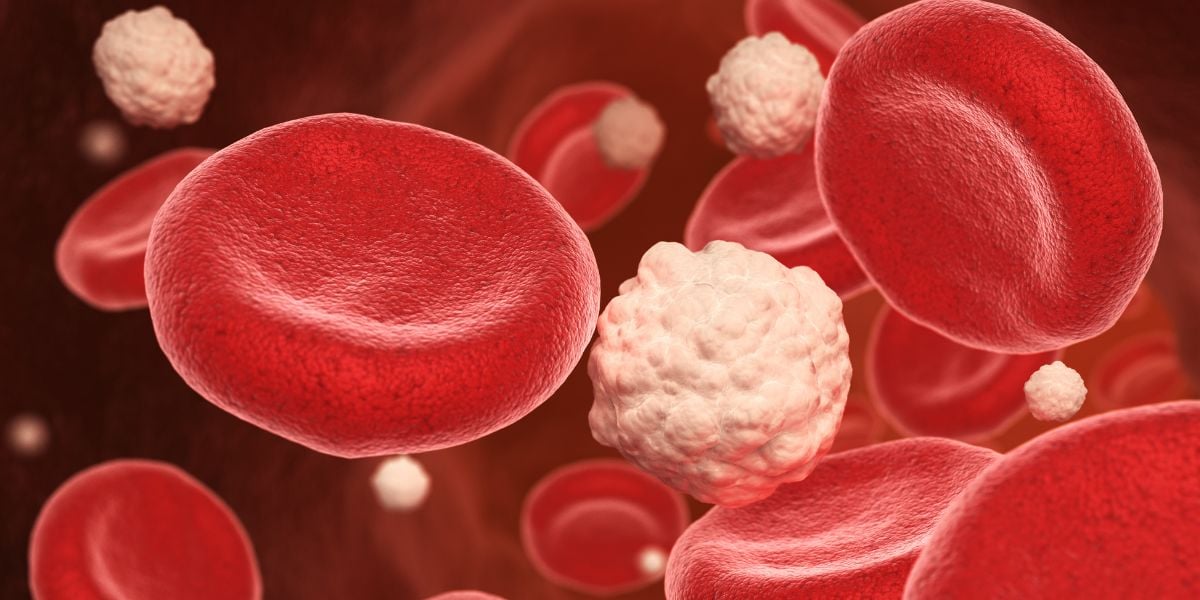
Source Image: diabetes.co.uk
Download Image
Mar 31, 2022Top panel: The epidermis is a stratified, squamous epithelium and comparatively lipid rich, nutrient poor, and acidic. Beneath the epidermis are a diverse set of immune cells that augment the
Source Image: researchgate.net
Download Image
Unraveling the Impact of Free Radicals on Skin Health | Clinikally Autoimmunity, possibly caused by antipathogen or antitumor immunity misdirected against self, causes a wide range of pathology in the skin, including vitiligo, lupus, psoriasis, and other diseases.

Source Image: sciencedirect.com
Download Image
Epidermal Cells That Aid In The Immune Response Include
Autoimmunity, possibly caused by antipathogen or antitumor immunity misdirected against self, causes a wide range of pathology in the skin, including vitiligo, lupus, psoriasis, and other diseases. Upon disturbance of the epidermal barrier, the innate immune system and its effectors play a key role in protecting humans against cutaneous and systemic infection . Major constituents of the innate immune system include phagocytic cells, such as macrophages, neutrophils, and dendritic cells, as well as innate leukocytes, such as natural killer
Human Epidermal Langerhans Cells Maintain Immune Homeostasis in Skin by Activating Skin Resident Regulatory T Cells – ScienceDirect
The epidermis, the outermost layer of the skin, is subdivided into the stratum corneum, stratum lucidum, stratum granulosum, and stratum basale. The stratum corneum contains corneocytes, which are terminally differentiated keratinocytes. These cells are continuously replenished by keratinocytes localized in the stratum basale [ 1 ]. Skin barrier immunology from early life to adulthood – ScienceDirect

Source Image: sciencedirect.com
Download Image
Frontiers | Skin Immunity and Tolerance: Focus on Epidermal Keratinocytes Expressing HLA-G The epidermis, the outermost layer of the skin, is subdivided into the stratum corneum, stratum lucidum, stratum granulosum, and stratum basale. The stratum corneum contains corneocytes, which are terminally differentiated keratinocytes. These cells are continuously replenished by keratinocytes localized in the stratum basale [ 1 ].
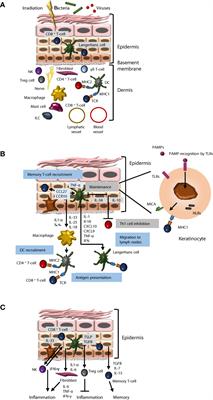
Source Image: frontiersin.org
Download Image
Different types of immune cells such as Langerhans cells, dendritic… | Download Scientific Diagram The most prevalent immune cell types that populate human epidermis are Langerhans cells (LCs) and CD8 + tissue-resident memory T (T RM) cells. The murine epidermis contains dendritic

Source Image: researchgate.net
Download Image
Unraveling the Impact of Free Radicals on Skin Health | Clinikally Mar 31, 2022Top panel: The epidermis is a stratified, squamous epithelium and comparatively lipid rich, nutrient poor, and acidic. Beneath the epidermis are a diverse set of immune cells that augment the
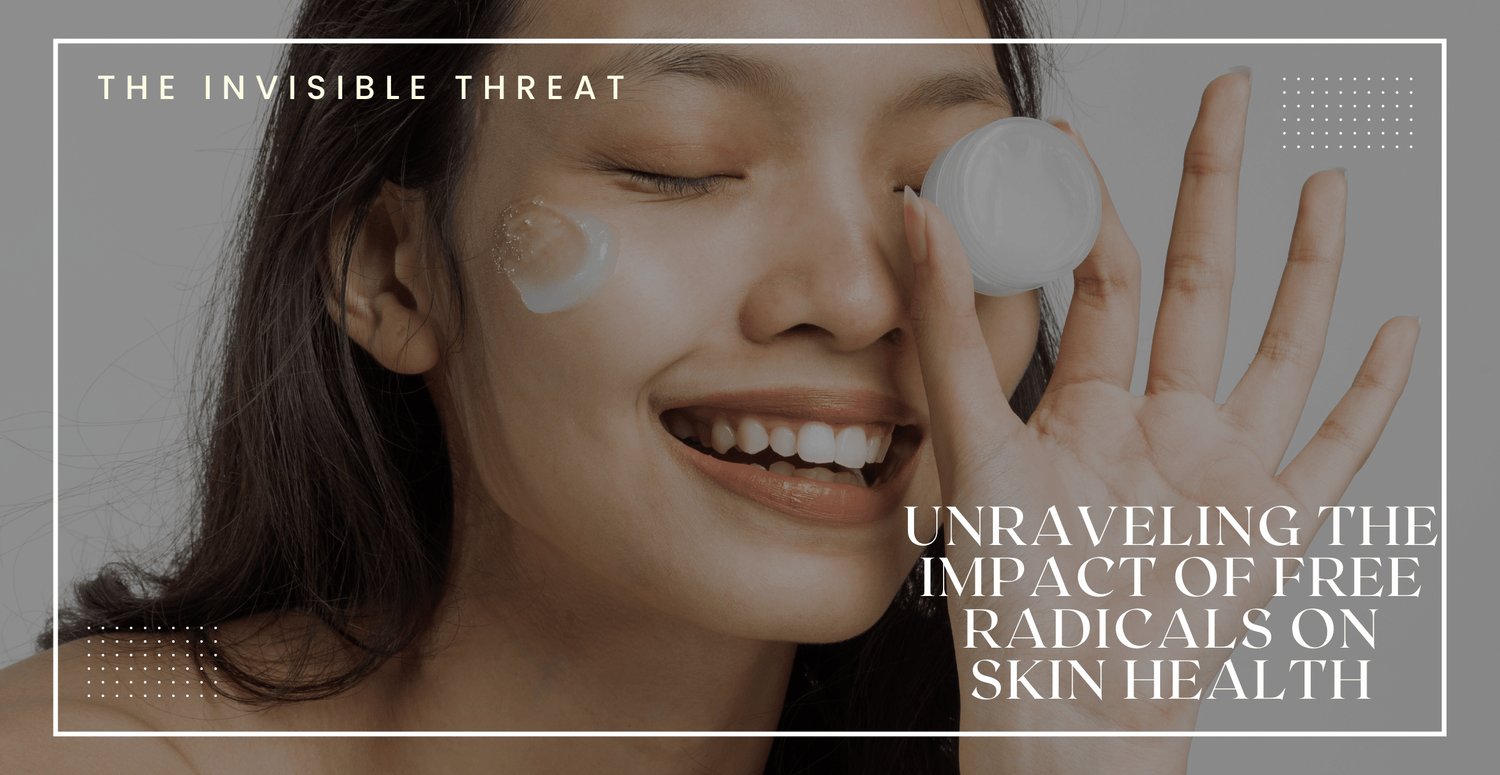
Source Image: clinikally.com
Download Image
IJMS | Free Full-Text | The Immune Functions of Keratinocytes in Skin Wound Healing Of the epidermal resident cells derived from the lymphoid lineage, ILCs are highly responsive to local cytokine cues whereas the T cells rely on antigen presentation and cytokine signals from adjacent epithelia and/or innate immune cells for activation [17,28]. Even in the epidermis, there is regional segregation of ILCs that relates to their
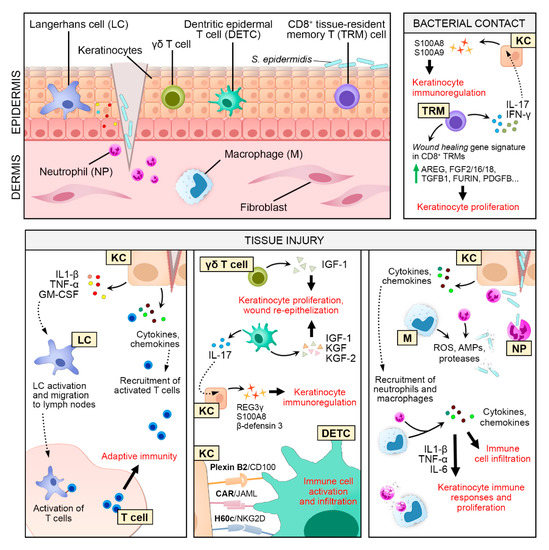
Source Image: mdpi.com
Download Image
Overview of human skin and immune cells. Human skin is composed by the… | Download Scientific Diagram Autoimmunity, possibly caused by antipathogen or antitumor immunity misdirected against self, causes a wide range of pathology in the skin, including vitiligo, lupus, psoriasis, and other diseases.

Source Image: researchgate.net
Download Image
Skin-resident immune cells actively coordinate their distribution with epidermal cells during homeostasis | Nature Cell Biology Upon disturbance of the epidermal barrier, the innate immune system and its effectors play a key role in protecting humans against cutaneous and systemic infection . Major constituents of the innate immune system include phagocytic cells, such as macrophages, neutrophils, and dendritic cells, as well as innate leukocytes, such as natural killer
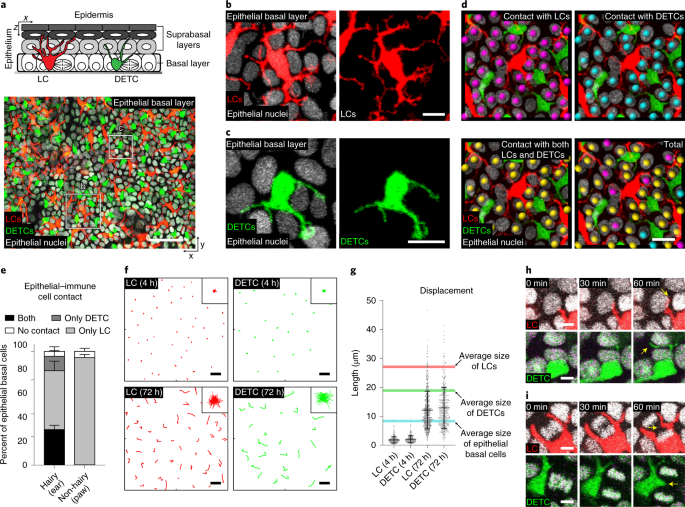
Source Image: nature.com
Download Image
Frontiers | Skin Immunity and Tolerance: Focus on Epidermal Keratinocytes Expressing HLA-G
Skin-resident immune cells actively coordinate their distribution with epidermal cells during homeostasis | Nature Cell Biology The distribution of skin immune cells, namely Langerhans cells (LCs) and dendritic epidermal T cells (DETCs), is well-documented, but the mechanisms underlying their pattern maintenance
Unraveling the Impact of Free Radicals on Skin Health | Clinikally Overview of human skin and immune cells. Human skin is composed by the… | Download Scientific Diagram Of the epidermal resident cells derived from the lymphoid lineage, ILCs are highly responsive to local cytokine cues whereas the T cells rely on antigen presentation and cytokine signals from adjacent epithelia and/or innate immune cells for activation [17,28]. Even in the epidermis, there is regional segregation of ILCs that relates to their